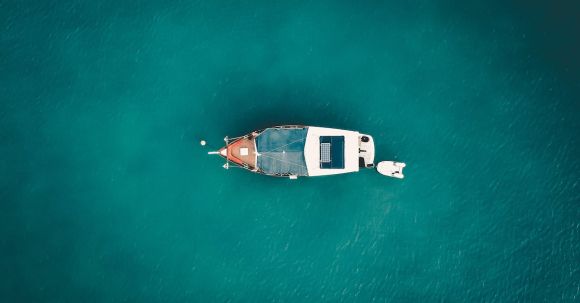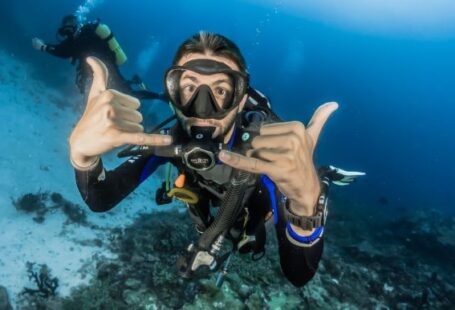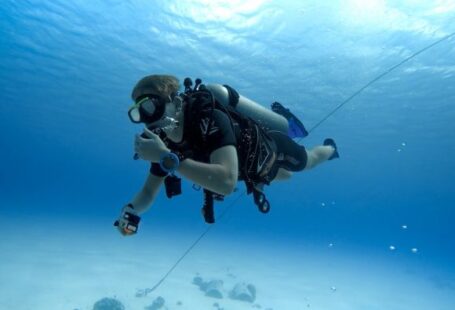Underwater video recording can be a challenging yet rewarding experience. Whether you are a professional filmmaker or an amateur enthusiast, capturing the fascinating world beneath the surface requires skill and technique. In this article, we will explore some tricks and tips to help you master the art of underwater video recording.
Understanding the Equipment
Before diving into the depths, it is crucial to familiarize yourself with your equipment. Different cameras and housings have varying features and functionalities. Take the time to read the user manual and become well-versed in the settings and controls. Understanding your equipment will enable you to make quick adjustments underwater and capture those elusive moments.
Choosing the Right Lighting
Lighting is one of the most critical aspects of underwater videography. The loss of color and contrast as you descend makes underwater scenes appear dull and lifeless. To combat this, invest in high-quality underwater lights. These lights will not only restore colors but also add depth and dimension to your footage. Experiment with different lighting angles and intensities to achieve the desired effect.
Mastering Buoyancy Control
Maintaining proper buoyancy control is crucial for smooth and steady video footage. Practice your buoyancy skills before attempting underwater video recording. By achieving neutral buoyancy, you can easily maneuver and position yourself for the perfect shot. This will also prevent accidental contact with delicate marine life and coral reefs, ensuring the safety of both you and the environment.
Composition and Framing
Just like in traditional videography, composition and framing play a significant role in underwater video recording. To create visually appealing footage, consider the rule of thirds. Imagine your frame divided into nine equal parts, and position your subject along these imaginary lines or at their intersections. This will create a balanced and aesthetically pleasing composition.
Utilizing Natural Light
While artificial lighting is essential, do not underestimate the power of natural light underwater. Depending on the time of day and depth of your dive, natural light can create stunning visual effects. Experiment with shooting towards the surface to capture silhouettes or play with the beams of light penetrating through the water. These natural lighting techniques can add a touch of magic to your underwater footage.
Stabilizing Your Shots
Underwater conditions can be turbulent, leading to shaky footage. To stabilize your shots, consider using a tripod or a stabilizing device specifically designed for underwater use. These tools will help eliminate camera shake and ensure smooth, professional-looking footage. Alternatively, honing your buoyancy control skills can also contribute to stable footage.
Capturing Unique Perspectives
One of the most exciting aspects of underwater videography is the ability to capture unique perspectives. Experiment with different angles and camera movements to add dynamism and interest to your footage. Try shooting from below, above, or even upside down to showcase the underwater world from a fresh perspective.
Post-production Techniques
The final step in mastering underwater video recording is post-production. Utilize editing software to enhance your footage, adjusting colors, contrast, and saturation to achieve optimal results. Additionally, consider adding music or narration to bring your video to life and tell a compelling story.
In conclusion, mastering underwater video recording requires practice, patience, and experimentation. By understanding your equipment, mastering buoyancy control, utilizing proper lighting, and applying composition techniques, you can capture breathtaking footage of the underwater world. Remember to respect the environment and marine life, always prioritize safety, and have fun exploring the depths with your camera. Happy filming!





